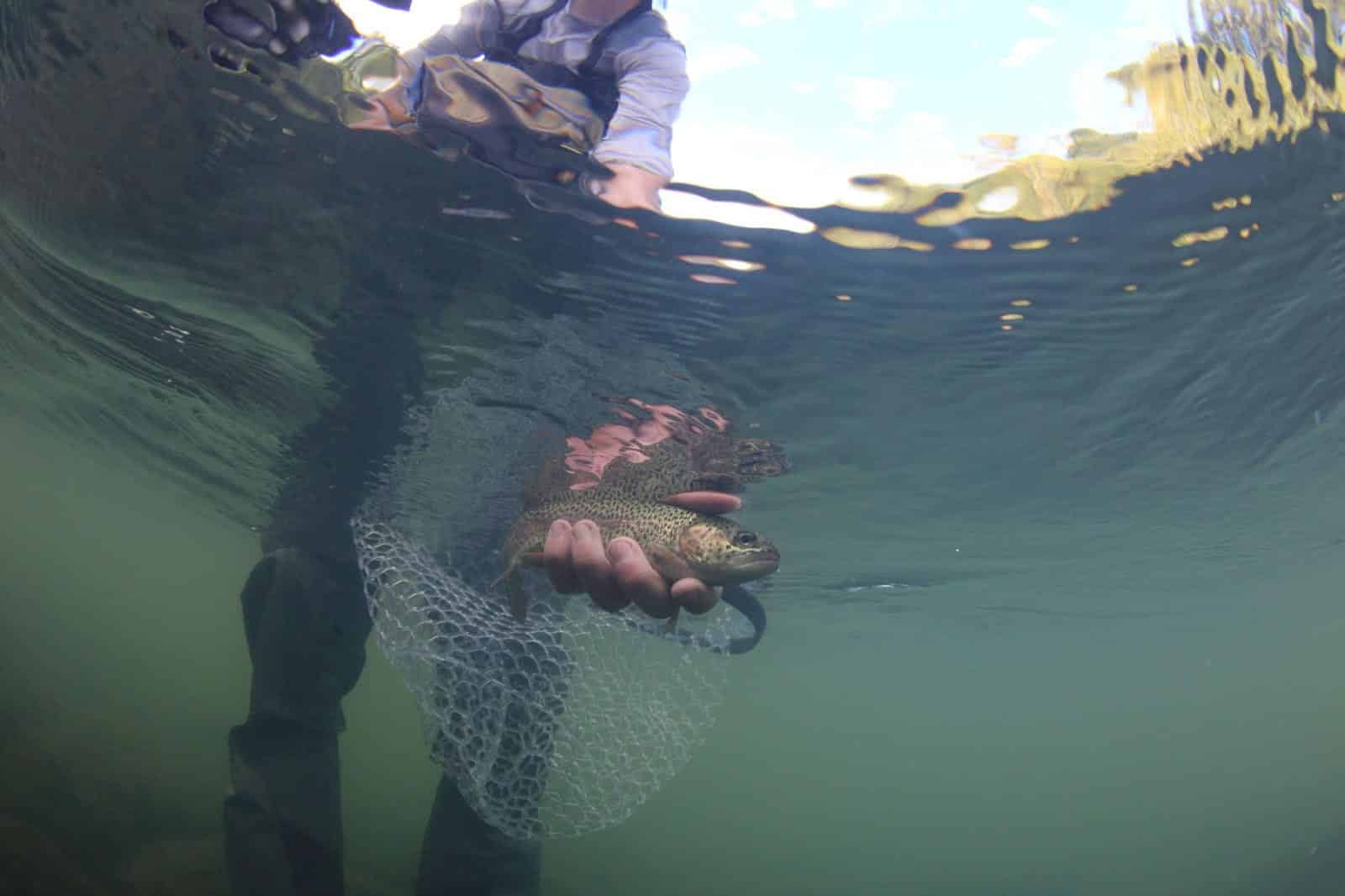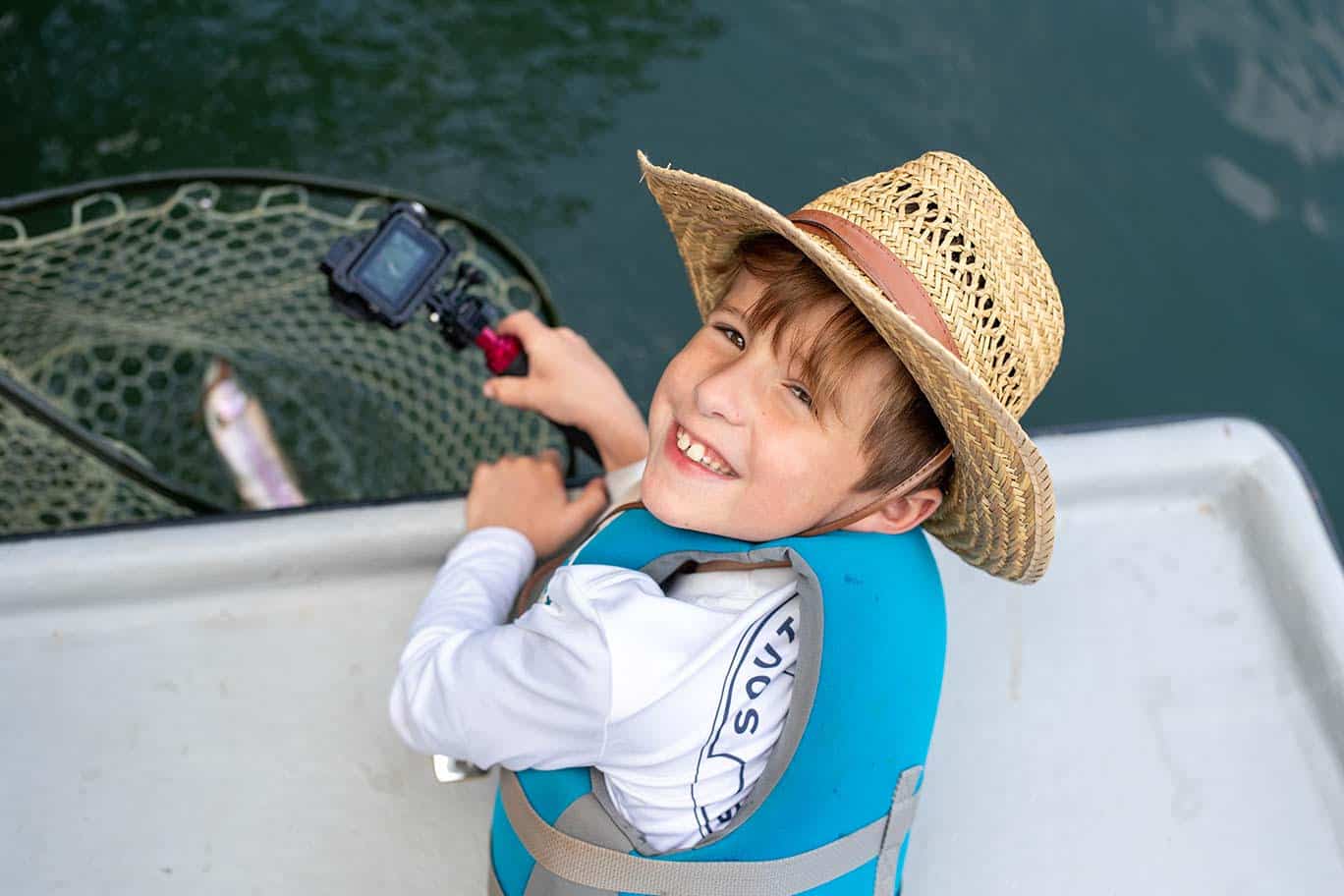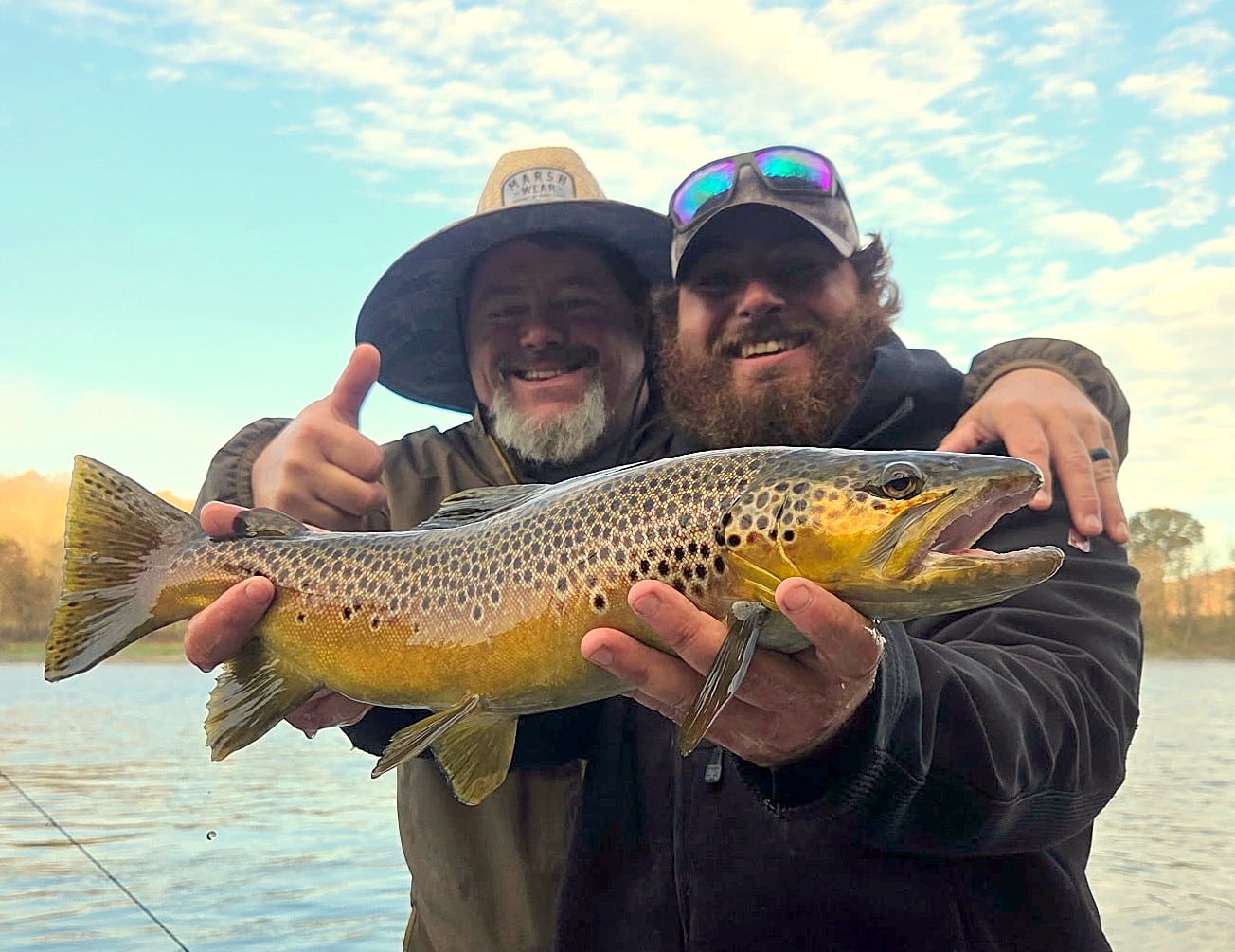Responsible catch-and-release tips for trout anglers
ON 11-13-2025

MOUNTAIN HOME — Recent stocking shortfalls from setbacks at two of Arkansas’s three publicly-owned trout hatcheries mean anglers plying Arkansas’s famous tailwater fisheries should practice a little more caution than usual when it comes to caring for their catch before releasing it back into the wild.
“I’ve had a few calls from anglers and have heard from some bait shop owners who were worried that the current catch-and-release emergency order on the Norfork and Bull Shoals tailwaters means they would not be able to use live or prepared baits, but we have changed nothing in regard to tackle restrictions on any of our trout waters as a result of the shortage,” Christy Graham, Arkansas Game and Fish Commission Trout Program coordinator said. “The only portions of the rivers where bait is prohibited are those that were part of the traditional catch-and-release areas. The emergency order did not make the entire tailwaters artificial lures only.”
According to Graham about 40 percent of anglers on the Norfork and Bull Shoals tailwaters use some sort of bait exclusively, and the proactive catch-and-release measures are not meant to discourage them from fishing how they would like.

“Live bait is a good option for trout fishing and does not cause drastic mortality rates IF anglers use the right techniques and stay in touch with their bait at all times,” Graham said. “All angling, no matter the lure, comes with some post-catch mortality.”
According to a recently completed thesis by a Missouri State University graduate student on these two tailwaters, artificial lures presented a 4 percent mortality rate, while bait-caught fish had a 13 percent mortality rate within 5 days of the catch and release. If the fish swallowed the hook, that number increased to 20 percent post-release mortality.
“That’s really the big culprit with angling mortality: whether or not the fish swallows a hook,” Graham said. “That happens much less with artificial lures and flies because the angler has to act quickly to catch the fish before it spits out the lure. But if an angler stays in touch with their bait and sets the hook quickly before the fish has a chance to swallow it, then bait angling will present fairly close mortality rates to artificials.”

Here are a few more tips to help your released trout fight another day:
-
Only use barbless hooks with a single hooking point. Barbed hooks and treble hooks cause additional damage to the soft tissues of a fish’s mouth, and barbless hooks will hold a fish very well as long as the angler does his or her part to keep pressure on the fish during the fight.
-
Land fish quickly and do not fight them to the point of exhaustion. Some anglers may want to increase the size or stiffness of their rod to get some additional leverage and get the fish to the bank or boat a little quicker than usual.
-
Try to handle the fish as little as possible and always wet your hands before making contact with it. A fish’s slime coat protects it from disease, and oils from your bare hands can interfere with or damage that slime coat.
-
Use a rubber net instead of a string net. The rubber is less abrasive on the fish’s slime coat.
-
If a fish swallows a hook, cut the line as close to the fish’s mouth as possible and allow the hook to dissolve away. Trying to remove a swallowed hook is a sure way to cause serious internal injuries to a trout.
-
If you need to take a picture, consider taking it in the net, positioned just out of the water, and make sure to return the fish to the water as quickly as possible. Every second out of the water contributes to post-release mortality.
####
CUTLINES:
UNDERWATER RELEASE
Keep fish in the water as much as possible during the catch and release to help increase post-catch survival. AGFC image.
WADING AND REELING
Bait anglers, spin fishermen and fly fishers all flock to the Bull Shoals and Norfork tailwaters, and all forms of angling are allowed with a few restrictions in key areas. AGFC image.
KID ON BOAT
Take photos and videos in the water if possible. AGFC image.
Recent News

Arkansas Wildlife Weekly Fishing Report
Nov. 13, 2025

Duck Season Social coming to North Little Rock
Nov. 12, 2025
Subscribe to Our Weekly Newsletter E-mails
Don’t miss another issue. Sign up now to receive the AGFC Wildlife Weekly Newsletter in your mailbox every Wednesday afternoon (Waterfowl Reports are published weekly during waterfowl season and periodically outside the season). Fishing Reports arrive on Thursdays. Fill in the following fields and hit submit. Thanks, and welcome!
